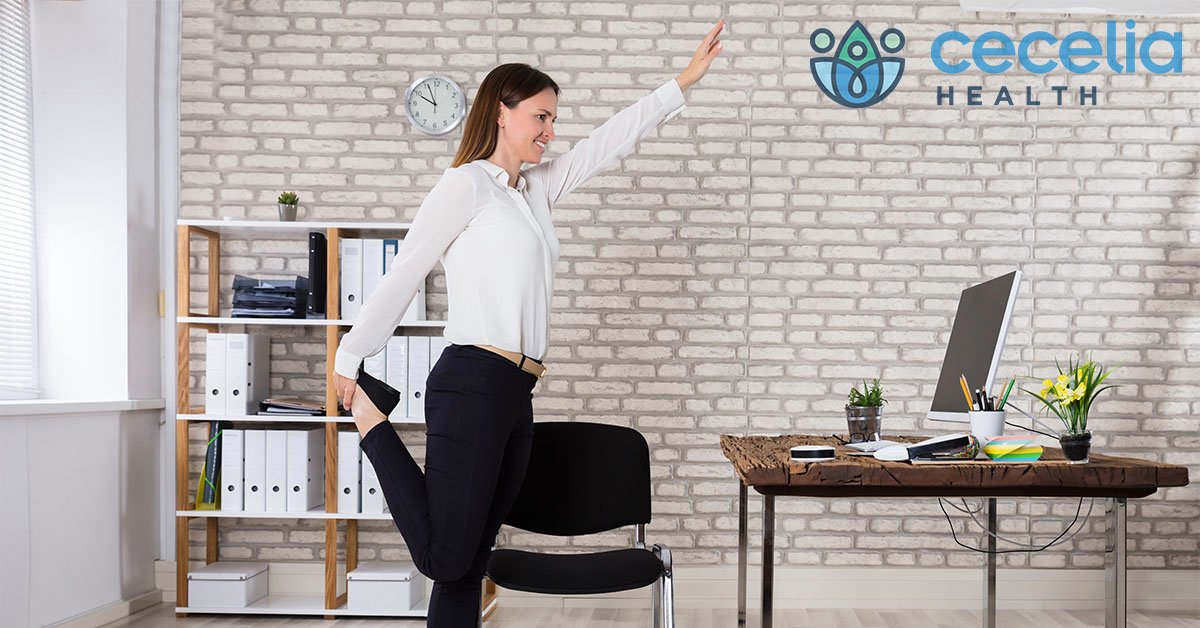As a society, we are at even higher risk of health complications than previously, with more people working from home than ever before. According to the American Heart Association, sedentary jobs are at an all time high and have increased by more than 80 percent since 1950. Whereas physically active jobs currently comprise less than 20 percent of the US workforce, compared to approximately half of the workforce in 1960. Our levels of physical activity have come to a grinding halt. Sedentary lifestyles and prolonged periods of sitting are linked to a myriad of health concerns including obesity, heart disease, high cholesterol, type 2 diabetes, anxiety, depression, weakened muscles, poor posture, chronic fatigue, back pain and varicose veins, to name a few. It is a necessity to prioritize an active lifestyle with movement as part of our everyday routines, in order to help prevent these increased health and wellness risks. Here are some helpful tips to increase your levels of activity and movement throughout the day, in order to avoid prolonged periods of sitting.
Move
Make time to get up and walk. Wherever possible, take calls or digital meetings from your phone while taking a walk outdoors. The fresh air and movement will help stretch your muscles and clear your head.
Distance yourself
Create space and distance between yourself and frequently utilized resources or tools. For example, have your printer, garbage or office supplies on the other side of the room. Therefore, when you need to access them, it necessitates getting up and walking over to them.
Use the space at your desk
There are various exercises, stretches and movement patterns that can be practiced from your desk, sitting or standing. This enables us to move and utilize our muscles without breaking our focus while working.
Keep things visible and handy
Incorporate some light exercise equipment and tools in your office that are visible and accessible, you are more likely to use them if they are nearby and on display as a reminder. This could include, light weights, a mat and some resistance bands.
Set a timer
Use your phone or watch as a reminder by setting a timer reminder to get up and move every 30 minutes.
Block time
By blocking time in your calendar daily to exercise, you will not schedule meetings or work during this allotted time. In turn, this will help keep you accountable and on track for your daily movement goals.
Take mindful, purposeful breaks
Whether it is simply a brain break, or time for a snack, or meal, make your breaks count and a deliberate and mindful break from your screen. Use the precious few minutes away from the screen to allow your mind to reflect, recharge and prepare for the next work activity.
Why prioritizing movement is beneficial?
Not only does movement reduce the likelihood of developing the aforementioned health risks, it also helps to improve your concentration, aids with better sleep, gives you an excuse to get out of the house for fresh air, and stops you from feeling isolated. It also aids with boosting your mood and energy levels, win, win all around!
